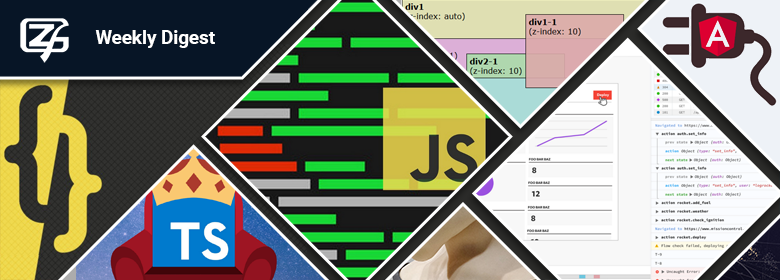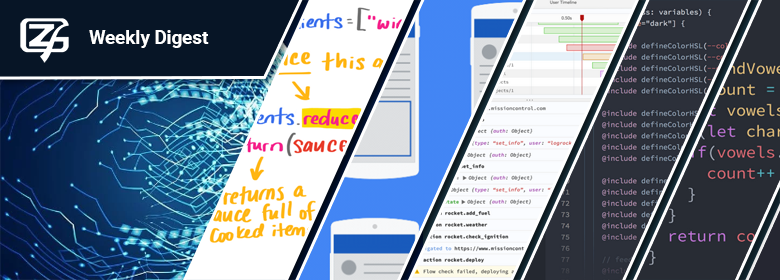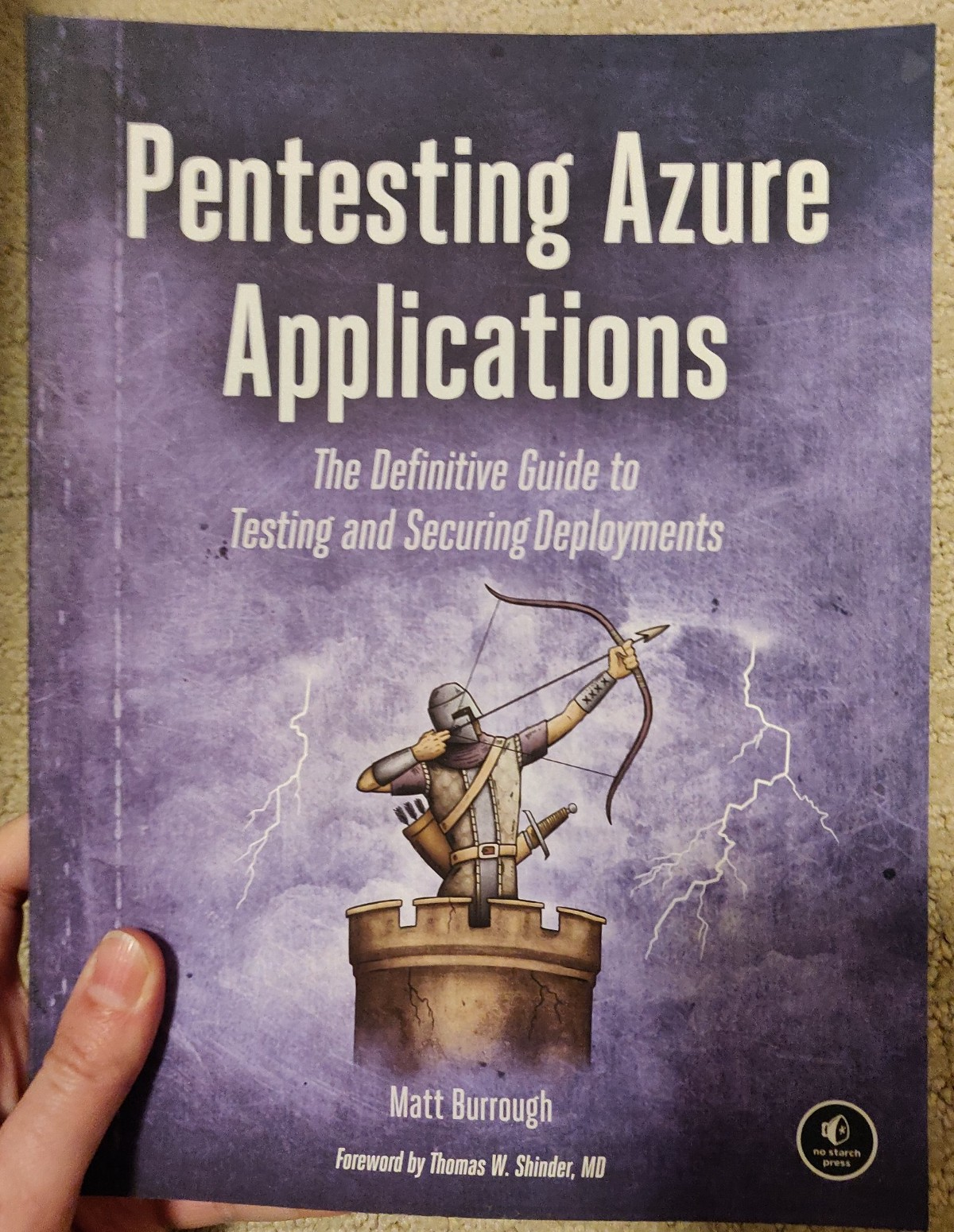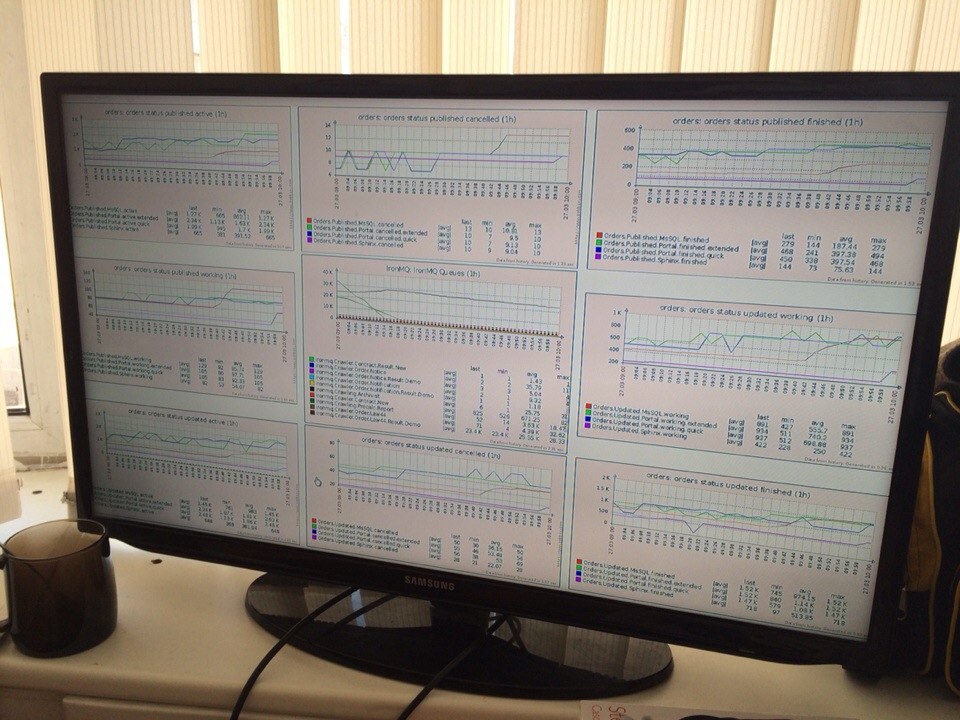
How to push parameters into methods without parameters in safe code






 Now user visits the page and checks out the effect. It’s cool and pleasant small feature, it catches, then user discusses it with colleagues or friends and even repeats the feature. It could be this easy, if not:
Now user visits the page and checks out the effect. It’s cool and pleasant small feature, it catches, then user discusses it with colleagues or friends and even repeats the feature. It could be this easy, if not: 
 A few months ago I worked with a customer on how a team should evaluate the security of their Azure implementation. I had never done a pentest(extensive security testing)on an Azure application before, so these ideas were just the thoughts off of the top of my head at that time based on my experience in security.
A few months ago I worked with a customer on how a team should evaluate the security of their Azure implementation. I had never done a pentest(extensive security testing)on an Azure application before, so these ideas were just the thoughts off of the top of my head at that time based on my experience in security.Matt Burrough’s book, Pentesting Azure Applications, goes even deeper and it is a must-read for security experts focused in Cloud Computing, I’m reading it right now.
Below I share with you these pre-book thoughts, and will compare them in a future article with the ones I will learn — or confirm — after reading Matt's book.
Most people assume that I studied computer science in university and that I’ve been coding since I was young. They’re usually surprised when I tell them that in fact I studied Marketing and Spanish and that although my brother taught me how to build a very basic web page in the early 2000s, I didn’t really start to learn to program until I was an adult with a job.
The truth of the matter is that my story isn’t unique. It’s simply not true that you have to be a whiz kid who’s been coding since they were 6 years old in order if you want to be able to program as an adult. There are tons of examples of people who also don’t have a technical background who either became full time programmers or just learned a new skill they enjoy using.
In this post, I’ll give you some advice that has served me well on my journey. My path is by no means the only path and depending on the situation you’re in might not be practical or right for you, but it is certainly a path, and I hope it helps you on your path to learning to computer.

This article is an example of how we can do research into Swift Standard Library functions behavior building our knowledge not only on the Library documentation but also on its source code.
All events which programmers call "errors" can be separated into two types.

If you’re unfamiliar with TypeScript, it’s a language that brings static type-checking to JavaScript so that you can catch issues before you even run your code – or before you even save your file. It also includes the latest JavaScript features from the ECMAScript standard on older browsers and runtimes by compiling those features into a form that they understand. But beyond type-checking and compiling your code, TypeScript also provides tooling in your favorite editor so that you can jump to the definition of any variable, find who’s using a given function, and automate refactorings and fixes to common problems.


We’re excited to announce that Visual Studio 2019 will ship a new version of F# when it releases: F# 4.6!
F# 4.6 is a smaller update to the F# language, making it a “true” point-release. As with previous versions of F#, F# 4.6 was developed entirely via an open RFC (requests for comments) process. The F# community has offered very detailed feedback in discussions for this version of the language. You can view all RFCs that correspond with this release here:
This post will detail the feature set and how to get started.

The C++ Core Guidelines’ Lifetime Profile, which is part of the C++ Core Guidelines, aims to detect lifetime problems, like dangling pointers and references, in C++ code. It uses the type information already present in the source along with some simple contracts between functions to detect defects at compile time with minimal annotation.


Monitoring is the most important part of your infrastructure. Monitoring is system engineers basics. However, everyone has his own way to understand it. My way consist of denial. anger & acceptance.
The module was created as a part of my master thesis in the 2010 year. The master thesis theme is Keylogging in Linux kernel. The main idea was to find out a way to intercept system calls for x64 arch Linux kernel, especially for kernel 2.6.34.7-61.fc13.x86_64.

In the previous blog post, we started designing our application rendering a table with some Business Partner. We learned what OData protocol is, how to read an OData XML manifest, how to bind data to a Table and how to customize columns layout based on different screen resolution.
With Part 2 of this series of blog posts, we will learn how to interact with data in our Tables and List. We will learn how to filter and sort data in a smart way.